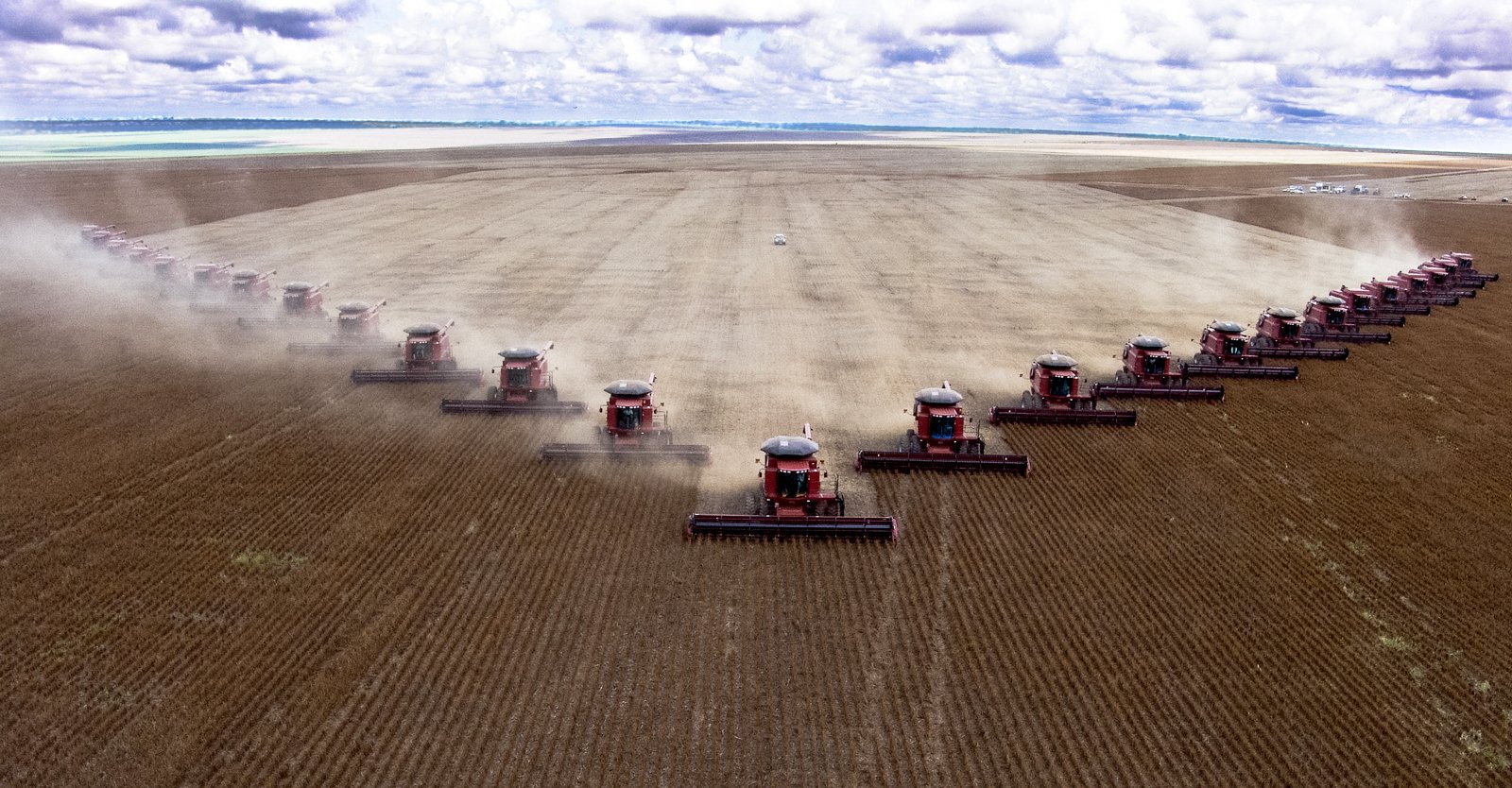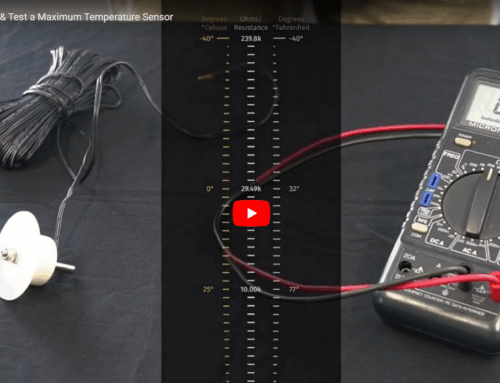What is a Farm Weather Station?
Farm weather stations are a collection of weather sensors that give detailed information about temperature, rainfall, and other important environmental factors that may affect farming. There are different types of farm weather stations and each is equipped with special features or is compatible with different accessories for different farming needs, like managing crops or taking care of livestock. Some weather stations can even detect soil moisture, leaf wetness, and lightning strikes. Let’s look at some common components of a farm weather station below.
Components of Farm Weather Station
A farm weather station is equipped with various sensors and tools designed to provide comprehensive meteorological data, which is critical for agricultural management. Here are some common components of a farm weather station:
- Anemometer: Measuring wind speed and direction is important for pesticide application and understanding evapotranspiration (ET) rates.
- Rain Gauge: Measures the amount of rainfall is important to farmers when determining irrigation and planting schedules.
- Thermometer: Temperature data is vital for predicting plant growth phases, frost warnings, and choosing the best times for planting and harvesting.
- Hygrometer: Measuring the relative humidity in the air is important to farmers since humidity levels affect plant diseases and irrigation needs.
- Barometer: Measuring atmospheric pressure can provide insights into weather patterns and help predict weather changes like rain or drought.
- Soil Moisture Sensors: Measuring the moisture content in the soil is critical for proper irrigation management to prevent over or under-watering.
- Soil Temperature Sensor: Soil temperature monitoring is important because it influences seed germination rates and root development.
- Leaf Wetness Sensor: Detects dew, water, or ice on the leaf surface which can be critical for predicting disease outbreaks.
- Data Logger: Farmers can predict crop yields more accurately by understanding the weather conditions throughout the growing season. This helps in planning for storage, marketing, and sales strategies.
What Weather App is Most Used by Farmers?
The Weather Channel
The Weather Channel is a top weather forecasting authority, providing comprehensive reports and real-time alerts through an intuitive app. It’s a dependable tool for farmers making crucial decisions about planting, harvesting, and agricultural treatments.
MyRadar
MyRadar is an easy-to-use weather app that focuses on radar maps. It helps users see upcoming weather and has zoom-in capabilities for detailed information. The app provides real-time weather radar, high-resolution weather maps, and severe weather alerts. This can help farmers anticipate and respond to changing weather conditions that could affect their crops and livestock.
Weather Underground
Weather Underground provides highly local weather forecasts using a network of over 250,000 personal weather stations. This results in accurate and localized weather information, crucial for effective farm management. The forecasts include detailed information, satellite and radar maps, and severe weather warnings. This community-driven data collection allows farmers to receive precise weather conditions for their exact location.
How Does Weather Affect Farming?
Excessive Heat and Rain
Everyone knows that crops need water to grow, so it is crucial to be in a climate zone that experiences periodic rain suitable for specific plants. However, everything is good in moderation. The start of the growing season is very dependent upon when it rains and when it does not.
If it rains excessively farmers cannot physically run equipment through a field without getting stuck. If they plant right before a strong storm with plenty of rain, it is possible to drown out the seeds before they can germinate.
This time window is typically long enough for most producers to accomplish all their planting; however, water is not the only limiting factor. If the temperatures are not warm enough, the seeds will not start to absorb the water. When talking about crops such as corn and soybeans, the soil temperature should be at 50°F or above to promote growth.
Once farmers have seeds in the ground, the next hurdle is ensuring the plants receive an adequate amount of water. How much is perfect? It depends on both the species of plants and the varieties being grown. If the growing season is ideal for plant growth, the next step is harvest.
A field may produce a high yield, but if the harvest conditions are sub-par this will lead to a loss in production. If the field is too wet, the equipment can become stuck in the mud. Some crops such as vegetables are harvested at a high moisture content, which contrasts with a crop like soybeans which must be harvested at a low moisture content. Overall, weather conditions are always a major threat to the agriculture industry.
Temperature increases and carbon dioxide can elevate some crop yields depending on the location; but other conditions such as nutrient levels, soil moisture, and water availability must also exist. Although slight warming and more carbon dioxide in the atmosphere could benefit some plants to grow faster, severe warming, floods, and drought will reduce harvest amounts.
The downside is that many weeds, pests, and fungi flourish when the temperatures are warmer, and the climates are wetter. U.S. farmers spend more than $11 billion per year to fight weeds, which will probably increase with climate change along with pests.
Rising carbon dioxide can accelerate plant growth, but it also diminishes the nutritional value of most food crops by reducing the concentrations of protein and essential minerals in wheat, soybeans, and rice, causing potential harm to human health.
Freezing Weather Conditions
Heat is not the only extreme weather. Extreme cold can benefit farmers by freezing the soil deep underground. In parts of the upper Midwest, frost depths exceed 40 inches. A deep frost depth can aid farmers in diverse ways.
The cold helps nitrogen applied in the fall from vaporizing during the winter. The cycle of freezing and thawing water helps soften the soil after the thaw. Extreme cold and frozen soils also reduce the survival rate of some insects.
Severe weather other than heat and cold can cause loss and destruction to a farm. Most farmers cannot avoid the results of extreme weather no matter where the farm is located. Extreme weather can affect farms in very different ways. Because of this, it is important that farmers have crop insurance, which protects against severe weather.
How Can Cattle Ranchers Benefit From Farm Weather Stations?
Farmers have many options to consider when choosing a weather station for their farm. The options they choose can help create a plan for their crops or cows that will provide the most beneficial conditions for growth and output.
Preventing Heat Stress in Dairy Cows
For example, the ideal temperature range for dairy cattle is between 25- and 65-degrees Fahrenheit. Once the temperature goes above 80 degrees Fahrenheit cattle reduce feed intake, which has a negative impact on production. At 90 degrees Fahrenheit or above, a dramatic decrease in milk production takes place ranging from 3 to 20 percent.
How Does Humidity Affect Heat Stress in Dairy Cows?
Humidity also plays a significant part in heat stress. There are three temperature-humidity ranges of concern. A temperature of 100 degrees Fahrenheit and 20 percent humidity is the range in which serious measures are needed to ease the stress on the cattle. Some type of cooling should be started. The danger occurs as the temperature nears 100 degrees Fahrenheit and 50 percent humidity. The lethal range for cattle is 100 degrees Fahrenheit and 80 percent humidity.
Because cattle sweat at only 10 percent of the human rate, they are more susceptible to heat stress. Therefore, dairy cattle need mechanical means to reduce heat, such as body sprinkling to aid in evaporation and effective air movement systems to aid in cooling.
Stale, stagnant air can reach dangerous or lethal areas in a brief time. Therefore, it is essential to have rapid movement of air in any confined area. During times of heat stress feed intake is reduce by 8 to 12 percent or more. All these factors result in decreased production.
 Final Thoughts for Using a Weather Station on a Farm
Final Thoughts for Using a Weather Station on a Farm
Weather stations are in the field all day, every day to collect and report important crop production data. Weather stations providing invaluable insight and knowledge to farmers lets them see what is happening environmentally out in the fields. Whether measuring temperature, humidity, rainfall, wind speed or soil moisture, these instruments can assist with the overall success of the farm.
Our weather stations and weather instruments have been used in wind energy, irrigation systems, solar, greenhouses, and much more. If you’re looking for high-quality instruments or have any questions, please contact us today and a team member will be in touch.





 Final Thoughts for Using a Weather Station on a Farm
Final Thoughts for Using a Weather Station on a Farm







